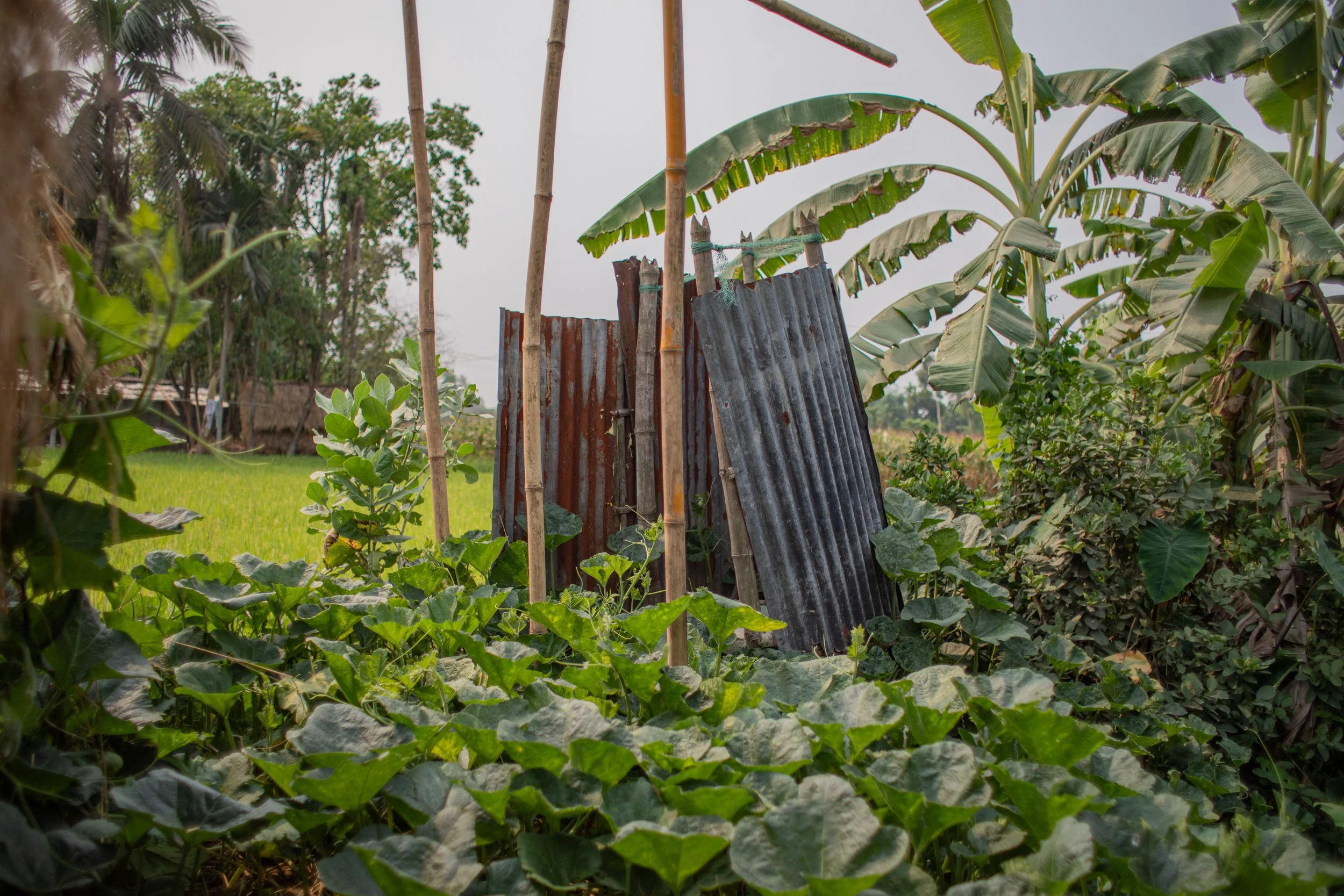Currently in the initial stages of our latest research project, the workgroup is considering the concept of A sense of place: what is a sense of place and what does it mean to people? It is difficult not to feel lost surrounded by the sheer amount of information relating to this subject. I have a tendency to try to establish a spot to where I can retrace my steps. I feel ever so slightly anxious every time I am presented with a new line of thought, in case I get caught up in the tangent, ultimately losing my way. There is a need for an anchor therefore, a stable base from which to launch the search, to which you can always return, the knowledge that this all relates back to the initial enquiry, a sense of place. That we are not just drifting...
In the physical environment, what is it that gives us this sense, this feeling that a place means something to us, whether we class this as 'home' or 'place attachment' or 'place association'? Are we actually talking about two different uses of the word 'sense' and 'place'?
Sense - sensory receptors / data from our surroundings
Sense - the feeling which results from external information (when mixed with an individual’s own response, based on personal experience. For example, as discussed later, smells will evoke different thoughts or memories for different people).
Place - a physical location / space / area
Place - the concept of belonging somewhere / being placed
The idea that all of the five different senses contribute to an individual’s understanding of a place is fascinating. Of course this can happen on both a conscious and subconscious level; sometimes a sense of place is intangible or cannot be articulated.
As part of the Viva City 2020 research programme, researchers at the University of Salford, University College London and the University of Sheffield developed an innovative methodology to engage local residents and businesses in deliberations about their daily environment. The methodology asks people to be conscious of their sensorial experiences within their urban surroundings, including sight, sound, smell, taste and touch, and has proved an effective way of engaging people. The information this reveals is combined with environmental data taken from direct monitoring of conditions both inside and outside people’s homes.
It was at last year’s urban design conference that I first became aware of Dr Victoria Henshaw (lecturer at the University of Sheffield) and her research around the sense of smell and the urban environment. As part of the conference she led a ‘smell walk’ around Newcastle picking up on the city centre’s fragrances (and stenches), and discussing the impact these might have on our experiences and perceptions of the urban landscape. Her recent publication 'Urban Smellscapes: Understanding and Designing City Smell Environments' examines case studies in English towns and cities, highlighting the role of urban smellscapes in place perception, and describing odour’s contribution towards an overall sense of place.






